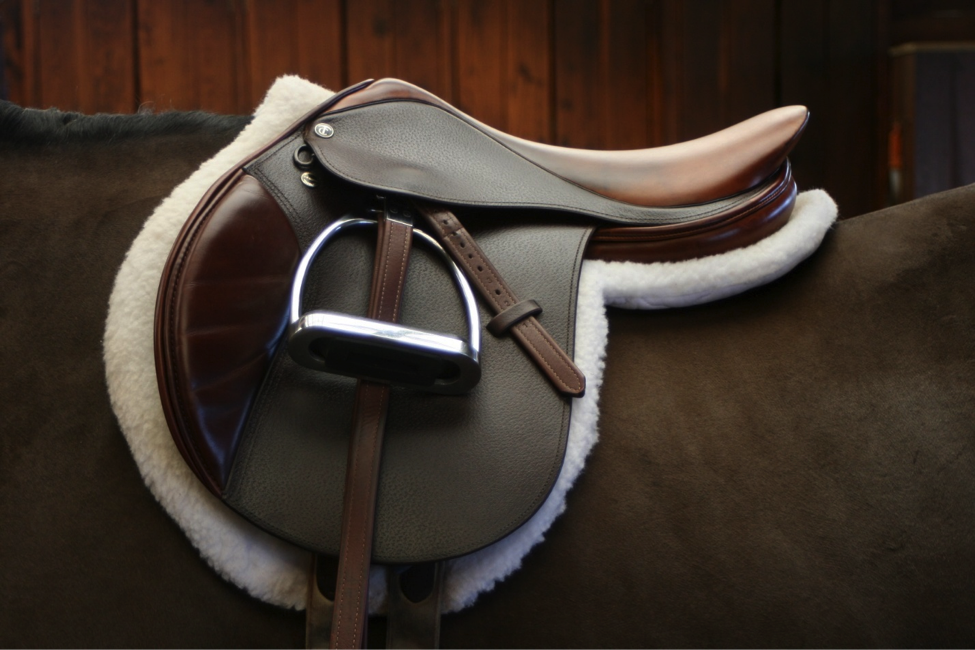
When it comes to the thrilling world of equestrian sports, the bond between rider and horse is of paramount importance. A vital element that contributes to this connection is the choice of equipment, particularly the saddle. Among the various types available, jump saddles hold a significant place, designed specifically to enhance both performance and safety during jumping events. In this article, we delve into the world of jump saddles, exploring their features, benefits, and importance in the realm of equestrian sports.
Understanding Jump Saddles
Jump saddles, often referred to as close contact saddles, are tailored for riders who participate in disciplines that involve jumping over obstacles, such as show jumping, eventing, and hunt seat equitation. These saddles are designed with a unique combination of features to facilitate the rider’s balance, control, and security during jumps. The primary focus of jump saddles is to provide a close and secure connection between the rider and the horse, allowing for effective communication and seamless coordination during the dynamic motions of jumping.
Key Features of Jump Saddles
Jump saddles stand out due to the specific design elements that set them apart from other saddle types. Some prominent features include:
1. Forward Flap
Jump saddles typically have a forward-cut flap, which accommodates the rider’s leg position during jumping. This design allows riders to maintain a shorter stirrup length, enabling them to stay balanced and centered over the horse while navigating jumps.
2. Minimalistic Blocks
To avoid interference with the rider’s leg position, jump saddles are equipped with relatively small knee and thigh blocks. These blocks provide subtle support without hindering the rider’s ability to move their legs freely.
3. Close Contact
As the name suggests, jump saddles offer close contact between the rider’s seat and the horse’s back. This close connection enhances the rider’s feel for the horse’s movements, aiding in precise communication and control during jumps.
4. Flatter Seat
Unlike some other saddle types, jump saddles often feature a flatter seat. This design allows riders to shift their weight forward during jumps, maintaining a balanced and effective jumping position.
Benefits of Jump Saddles
The utilization of jump saddles confers several benefits to riders engaged in jumping disciplines:
1. Enhanced Communication
Jump saddles facilitate clear and immediate communication between rider and horse. The close contact design allows riders to sense the horse’s movements and respond accordingly, leading to better coordination during jumps.
2. Improved Balance
The forward-cut flap and flatter seat of jump saddles help riders maintain their balance while jumping. The shorter stirrup length allows for a secure leg position, preventing the rider from being thrown off balance during takeoff and landing.
3. Optimal Security
Safety is paramount in equestrian sports, particularly in disciplines involving jumps. Jump saddles provide riders with a more secure seat, reducing the risk of slipping or losing control during the challenging maneuvers of jumping.
4. Versatility
Jump saddles are not solely limited to jumping events. They are often versatile enough to be used in flatwork and training sessions as well, making them a valuable investment for riders engaged in multiple aspects of horsemanship.
Conclusion
In the realm of equestrian sports, the choice of saddle plays a pivotal role in enhancing both performance and safety. Jump saddles, with their unique design features tailored for jumping disciplines, offer riders the tools they need to excel in this dynamic and exhilarating sport. The close contact, balanced seat, and secure leg position provided by jump saddles empower riders to navigate jumps with confidence and finesse, forging a strong and harmonious partnership with their equine companions. Whether in the arena of show jumping or eventing, the significance of the jump saddle cannot be overstated – it is, quite literally, the bridge between rider and horse in the pursuit of excellence.